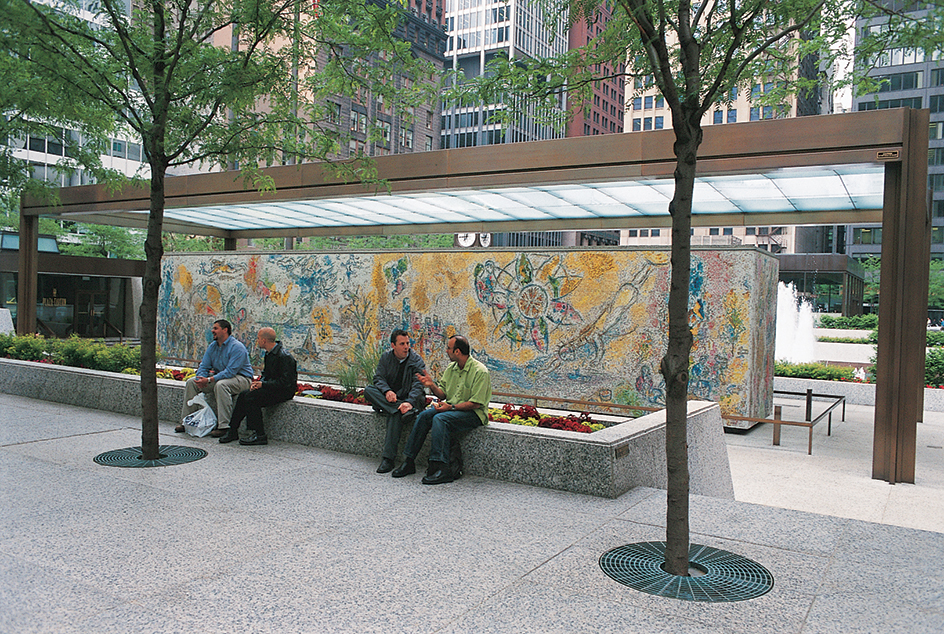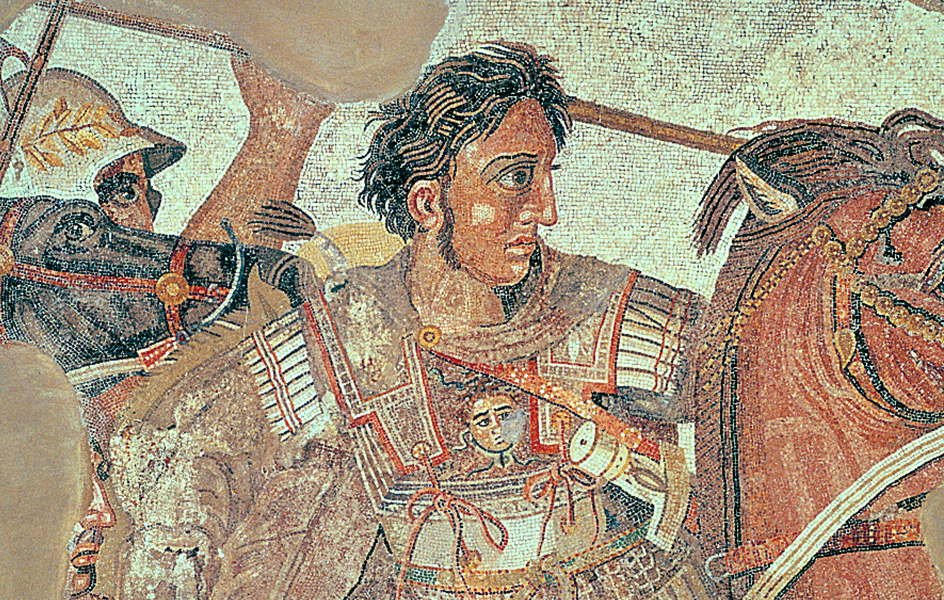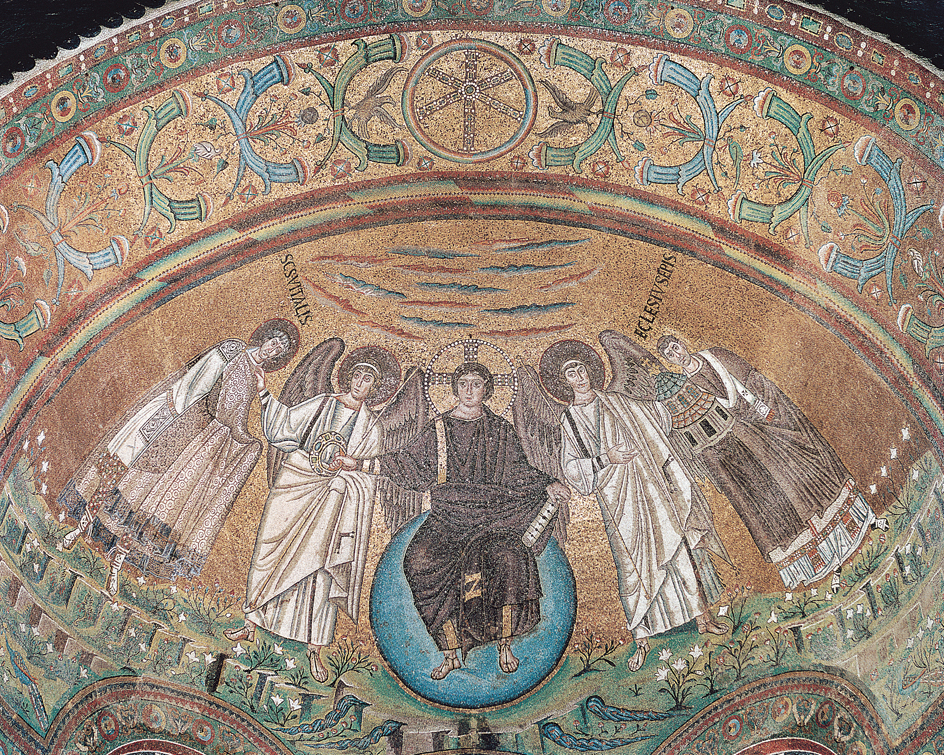Mosaic, << moh ZAY ihk, >> is an art form in which small pieces of colored glass, stone, or other material are set into mortar. The pieces, called tesserae or tessellae, fit together to form a picture. Most mosaics decorate ceilings, floors, and interior walls, but some are used for such exterior surfaces as pavements and outside walls. Since the mid-1500’s, mosaics have also been used to decorate furniture and objects of personal adornment as well as for architectural ornament.

People in ancient Mesopotamia may have made mosaics as early as the 3000’s B.C. However, the widespread use of mosaics began during the 300’s B.C. in areas ruled by Greece. The Greeks later taught mosaic design to the Romans, who developed their own style of the art form during the A.D. 100’s and 200’s. The Romans spread mosaic art throughout the Roman Empire.

In the 500’s, mosaics became the major decorative art form of the Byzantine Empire, which included parts of the eastern Mediterranean area. Mosaics of religious scenes decorated the walls and ceilings of many Byzantine churches. The finest Byzantine mosaics were made from the 900’s to the 1300’s. With the end of the Byzantine era in the 1400’s, mosaic art declined. But it was revived during the mid- and late 1500’s in the Italian cities of Florence and Rome.

Through the centuries, peoples of various other cultures have created mosaic art. For example, Muslims in India and Persia made mosaics, as did the Aztec and Mayan Indians of Latin America. Architects in Mexico have used mosaics to decorate modern buildings.
See also Byzantine art .
